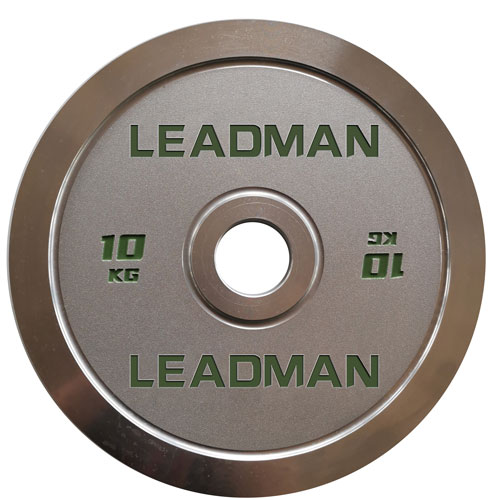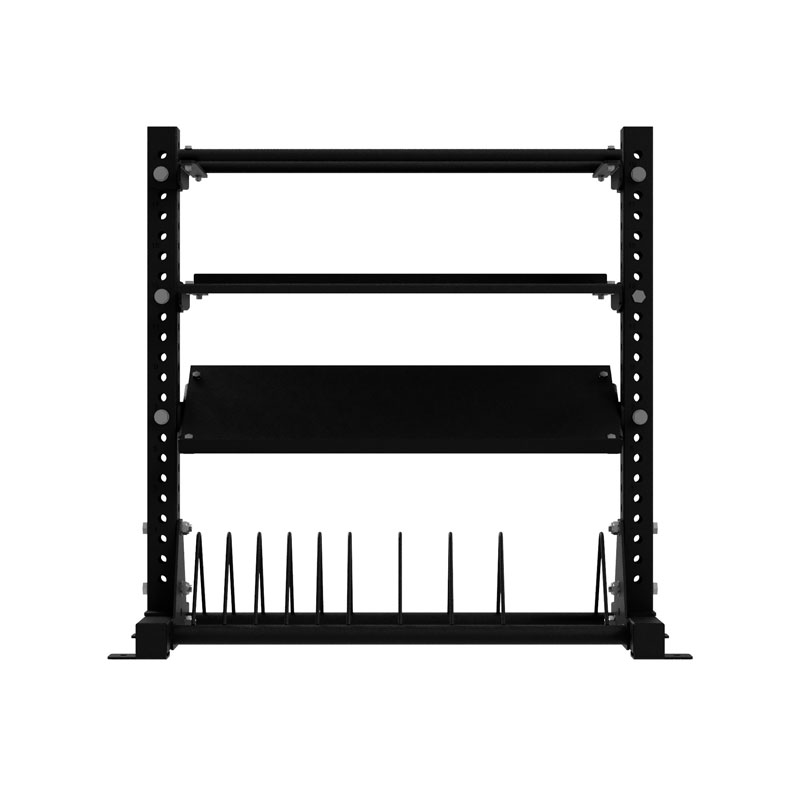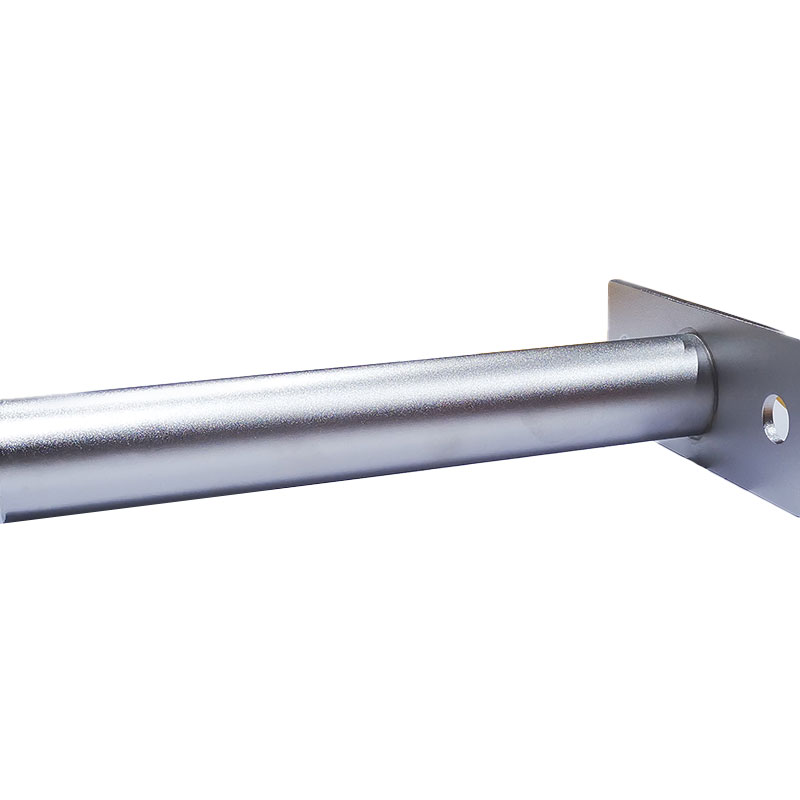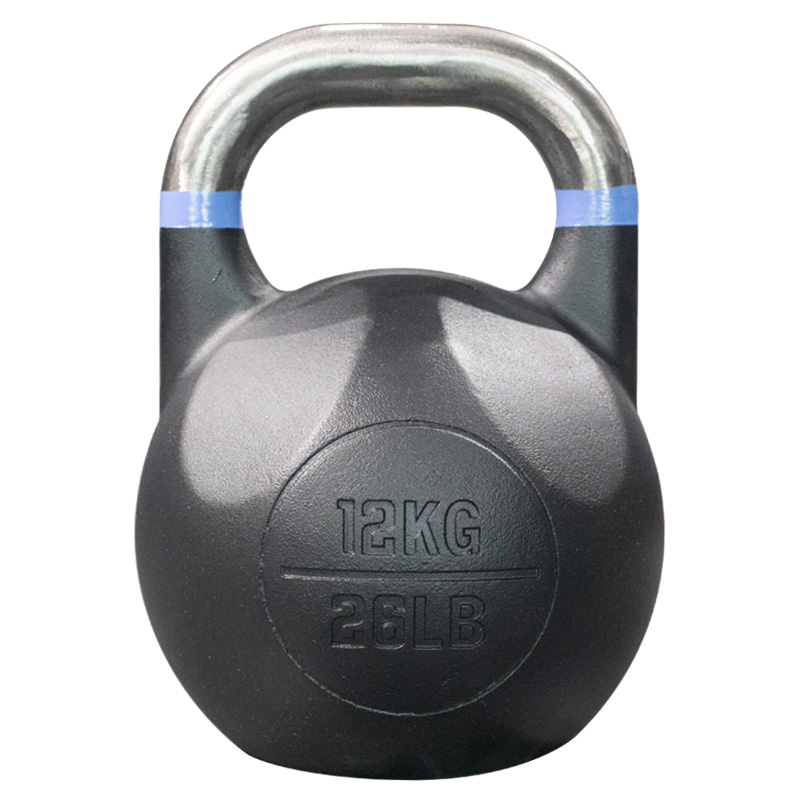Barbell Tips for Every Fitness Level
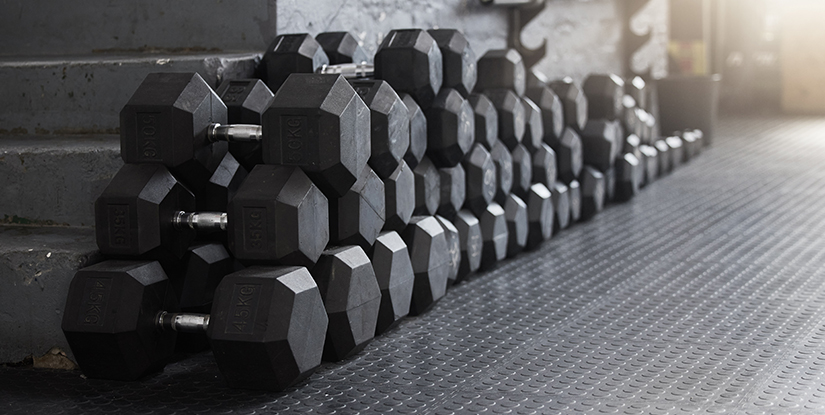
Achieving strength, power, and muscle growth can be effectively accomplished with barbell training. This versatile piece of equipment is a gym staple, offering a wide array of exercises that target every major muscle group.
Whether you're new to lifting or a seasoned athlete, mastering barbell techniques can unlock new levels of fitness. This guide covers essential barbell knowledge, from selecting the right equipment to performing diverse exercises. We'll also share tips on creating effective workout routines and avoiding common pitfalls.
By the end of this post, you will have all the knowledge you need to get the most out of your barbell exercises for beginners.
Choosing the Right Barbell
Selecting the right barbell is the foundation for safe and effective training. Consider these factors:
- Weight Capacity: Standard barbells typically handle up to 600-1500 lbs. Olympic barbells are designed for heavier loads. Choose one that suits your strength level and training goals.
- Shaft Diameter: Thicker shafts (29mm for men, 25mm for women) can improve grip strength.
- Tensile Strength: A higher tensile strength (measured in PSI) indicates a more durable barbell that can withstand heavy use.
- Sleeve Rotation: Smooth sleeve rotation is crucial for Olympic lifts. Look for barbells with bearings or bushings.
- Knurling Pattern: Experiment with different knurling patterns to find one that provides a secure grip without being too abrasive. Consider a center knurl for squats.
Barbell Set-up and Form
Once you have chosen the right barbell, it is important to set it up properly and use good form when performing barbell exercises.
- Neutral Spine: Maintain a natural curve in your back throughout the exercise.
- Engaged Core: Tighten your abdominal muscles to stabilize your spine.
- Controlled Movements: Avoid jerky or rushed movements.
- Full Range of Motion: Perform each exercise through its full range of motion, unless instructed otherwise by a qualified trainer.
Different Types of Barbell Lifts
There are many different types of barbell lifts that you can perform. Some of the most popular barbell lifts include:
- Barbell Bench Press: A compound exercise for chest, shoulders, and triceps. Focus on controlled lowering and a slight arch in your back.
- Barbell Squat: A full-body exercise for quads, hamstrings, glutes, and core. Maintain a straight back and keep your knees behind your toes.
- Barbell Deadlift: A powerful exercise for back, hamstrings, and glutes. Use proper form to avoid back injuries.
- Barbell Overhead Press: An exercise for shoulders and triceps. Maintain a stable core and avoid locking out your elbows.
- Barbell Row: An exercise for back and biceps. Keep your back straight and pull the barbell towards your chest.
These exercises can be used to target all of the major muscle groups in the body.
Variations on Barbell Exercises
There are many different variations on barbell exercises. This allows you to target different muscle groups and change the intensity of the exercise. Some of the most common variations on barbell exercises include:
- Barbell incline bench press
- Barbell decline bench press
- Barbell front squat
- Barbell back squat
- Barbell Romanian deadlift
- Barbell stiff-legged deadlift
- Barbell military press
- Barbell behind-the-neck press
- Barbell bent-over row
- Barbell upright row
Building a Barbell Workout Routine
When building a barbell workout routine, it is important to consider your fitness goals, your experience level, and your available time. If you are a beginner, start with a simple routine that includes 2-3 exercises performed 2-3 times per week. As you get stronger, you can gradually increase the number of exercises, sets, and repetitions.
There are many different ways to structure a barbell workout routine. One popular option is to use a split routine. This involves dividing your workouts into different muscle groups. For example, you could do a chest and triceps workout on Monday, a back and biceps workout on Tuesday, and a legs and shoulders workout on Wednesday.
Another option is to use a full-body workout routine. This involves working all of the major muscle groups in each workout. Full-body workouts are a good option for beginners and for those who are short on time.
Nutrition and Recovery
Nutrition and recovery are essential for making progress with barbell exercises for beginners. It is important to eat a healthy diet that includes plenty of protein, carbohydrates, and healthy fats. You should also get enough sleep and rest between workouts.
Protein is essential for building and repairing muscle tissue. Carbohydrates provide energy for your workouts. Healthy fats help to regulate hormones and support overall health.
Sleep is essential for recovery. When you sleep, your body repairs itself and releases hormones that promote muscle growth.
Common Barbell Mistakes to Avoid
There are a few common mistakes that barbell lifters make. These mistakes can lead to injuries and plateaus. Here are some of the most common barbell mistakes to avoid:
Using too much weight: One of the biggest mistakes that barbell lifters make is using too much weight. This can lead to injuries and plateaus. If you are unsure how much weight to use, start with a lighter weight and gradually increase the weight as you get stronger.
Lifting with bad form: Another common mistake is lifting with bad form. This can also lead to injuries and plateaus. It is important to learn how to perform barbell exercises correctly before adding weight.
Overtraining: Overtraining is another common mistake that barbell lifters make. This can lead to injuries, plateaus, and burnout. It is important to listen to your body and rest when you need to.
Safety Precautions
Barbell training can be a safe and effective way to improve your fitness. However, there are a few safety precautions that you should follow to avoid injuries.
Warm up before your workout: Warming up is essential for preparing your body for a workout. It helps to increase your body temperature, loosen your muscles, and improve your flexibility.
Use a spotter when lifting heavy weights: A spotter is someone who helps you to lift the weight if you get stuck. It is important to have a spotter when lifting heavy weights to reduce the risk of injury.
Use proper lifting technique: Using proper lifting technique is essential for avoiding injuries. It is important to keep your back straight, your core engaged, and your head up when performing barbell exercises.
Advanced Barbell Techniques
Once you have mastered the basics of barbell training, you can start to incorporate more advanced techniques into your workouts. These techniques can help you to increase your strength, power, and muscle mass.
Drop sets: Drop sets are a technique in which you perform a set of repetitions with a weight, then immediately reduce the weight and perform another set of repetitions. This technique can help to increase your strength and endurance.
Supersets: Supersets are a technique in which you perform two exercises back-to-back with no rest. This technique can help to increase your intensity and improve your workout efficiency.
Tri-sets: Tri-sets are a technique in which you perform three exercises back-to-back with no rest. This technique can help to increase your intensity and improve your workout efficiency.
Conclusion
Barbell training is a powerful tool for achieving your fitness goals. By understanding the fundamentals, using proper form, and following a well-structured workout routine, you can unlock your strength potential and build a body you're proud of. Start your barbell journey today!
FAQ About Barbell Training
1. What is the best barbell for beginners?
The best barbell for beginners is a standard barbell with a weight that is appropriate for your fitness level. A good starting weight for beginners is 45 pounds.
2. How often should I lift barbells?
The frequency of your barbell workouts will depend on your fitness goals and experience level. Beginners should start with 2-3 barbell workouts per week. As you get stronger, you can gradually increase the frequency of your workouts.
3. What is the best way to learn how to lift barbells?
The best way to learn how to lift barbells is to find a qualified personal trainer. A personal trainer can teach you how to perform barbell exercises correctly and safely.
4. Can I use a barbell at home?
Yes, you can use a barbell at home, but you will need a sturdy rack or stand to hold the barbell and weights. Make sure you have enough space and proper flooring to perform barbell exercises safely.
5. What are the benefits of barbell training?
Barbell training offers numerous benefits, including increased strength, muscle mass, and power. It also improves bone density, coordination, and overall fitness.


